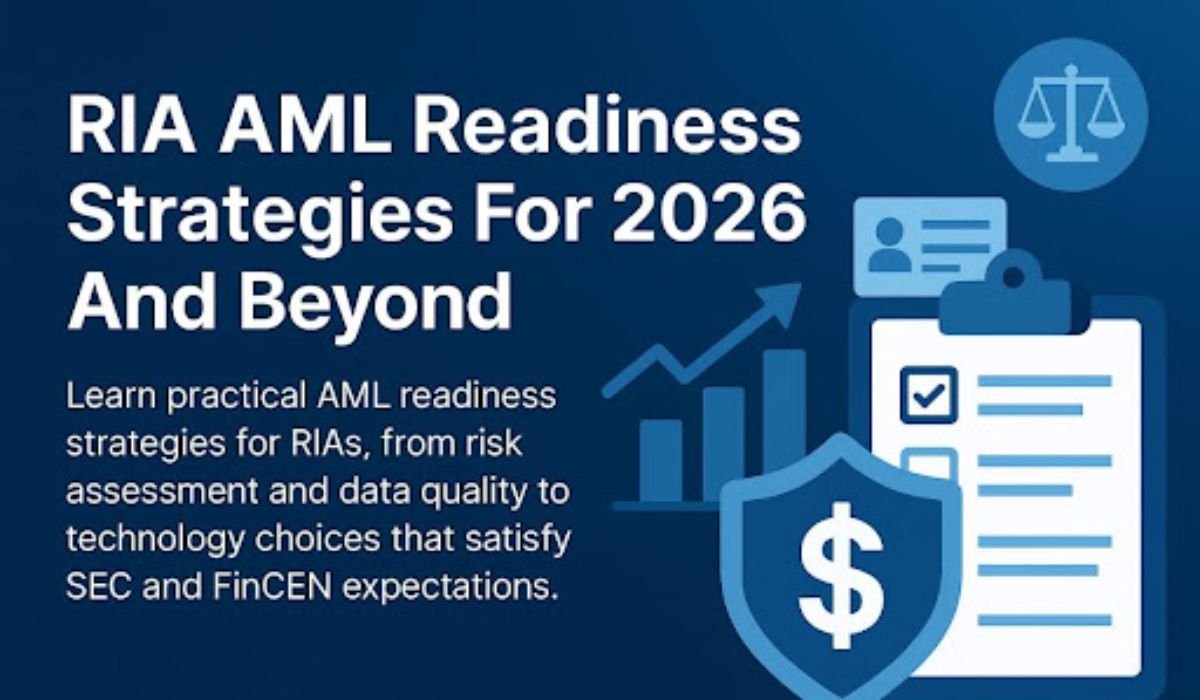Ransomware is single-handedly now the most disruptive cyber threat facing businesses worldwide. It does not just target small businesses or isolated industries, but we are witnessing attacks in hospitals, schools, airlines, and global manufacturers, each costing them in the billions, annually. And it is only getting worse with the progression to cloud environments. For that reason, AI-Powered Cloud Security Platforms and CSPM Solutions are quickly becoming generally how enterprises across the globe defend against ransomware in 2025.
It represents a new phase of global defense for enterprises. Traditional firewalls and antivirus simply do not stop ransomware groups. The global rise of cloud security platforms reflects how enterprises are leveraging smarter and more adaptable tools to stay ahead of the acceleration.
Why Cloud is at the Heart of Ransomware Risks
The adoption capabilities of the cloud have led to rapid move to digital infrastructure. It offers flexibility, cost savings, and speed. However, with the shift to the cloud, comes a risk: misconfigured cloud environments are the number one cause of data exposure. Attackers can easily find these cracks in the defense to deploy ransomware malware across the networks.
For example, it takes little more than an open cloud storage bucket lacking permissions for attackers to exploit weak points. Once they exploit these entry points, it usually takes little time until an organization has ransomware encrypting massive amounts of data – well before any team even realizes there is a problem.
Indeed, researchers have determined in a study that cloud-based ransomware defense has now encompassed the top concern of Most Chief Information Security Officers (CISOs) worldwide.
Sadly, more than 83% of organizations have experienced a cloud-related security incident in the last 18 months, as nearly half have experienced multiple breaches. Obvious problems like human error, lack of visibility over multi-cloud systems, and chronic skills shortages all created an opportunity for ransomware operators.
This is why Ransomware Protection for Cloud Platforms are viewed as the next logical step – to fill in the gaps in cyberspace and where human activity alone can’t protect – by combining automated AI-driven detection and response.
How AI-Powered Cloud Security Platforms Combat Ransomware
Ransomware has morphed into a lucrative business model. Ransomware attackers employ double extortion tactics; not only do they steal data before encryption, but they also threaten to leak the data if the ransom is not paid. To combat ransomware, we need to deploy more than reactive tools.
AI-Powered cloud security platforms are distinct in that not only do they look for established ransomware signatures, but they also recognize workflows and patterns. If, for example, an employee has an account and starts downloading millions of files, and as an example, it’s the early morning hours, AI can investigate this as suspicious and can isolate that activity.
These proactive monitoring capabilities are the reason why ransomware security platforms are viewed as increasingly necessary. Rather than waiting to smack the digital wasp nest after the damage is done, they attack the nest before ransomware can take hold. Think of it like a digital immune system that reacts the moment it detects that an infection is beginning.
The Rising Cost of Ransomware Worldwide
Ransomware causes significant financial impact. Global damages are estimated to be greater than hundreds of millions in 2025. Ransom demands are also growing, with many attacks on large businesses demanding several millions.
However, the ransom is only a portion of the expense. The lost time, lost data, and lost regulatory trust only add to the financial impacts. In the event hospitals are attacked, the lost time can put patients at risk. In the case of airlines, grounded time, can cost millions.
This is why worldwide ransomware cloud security has been established as a priority for governments and private enterprise. Organizations are perceiving that investing in Emerging cloud security solutions and controls, is cheaper than engaging in a ransomware incident.
Cloud Security Posture Management: A Core Layer
Among the most effective tools in Global Cloud Security for Ransomware is Cloud Security Posture Management (CSPM). CSPM continuously monitors cloud environments for misconfigurations, compliance gaps, and vulnerabilities—many of which are exploited by ransomware actors.
Take Cyble’s CSPM platform as an example. It provides AI-powered, real-time visibility and automated risk remediation across complex multi-cloud setups. What makes it valuable is its ability to integrate seamlessly with CybleVision and CybleHawk for unified threat detection and brand monitoring.
The solution supports AWS, Azure, Google Cloud, and on-premises systems, making it suitable for enterprises with diverse infrastructures. Built-in compliance mapping for regulations like HIPAA, GDPR, and SOC 2 ensures that organizations don’t just secure their cloud but also meet legal requirements. Perhaps the most critical capability is automated remediation—fixing misconfigurations before attackers can exploit them.
This approach shows how in cloud security, ransomware tool deployments are moving beyond detection into prevention and compliance and making ransomware defense stronger and more sustainable.
The Shortage of Skilled Security Professionals
Another influence supporting the adoption of ransomware security platforms is the lack of qualified staff. Close to 45% of organizations offer unfilled security positions, and the shortage is especially strong for cloud security roles. This shortage of security resources makes organizations vulnerable, because threat actors will take advantage of an organization’s poor monitoring and supervision.
AI-Powered Cloud Security Platforms reduce the impact of the security shortage because they automate some of the repetitive tasks in security, such as compliance checks, and anomaly detection. Rather than remediate through hundreds or thousands of alerts, security teams are now able to focus on investigating the most serious incidents.
In practice, this means that an inundated IT department employed by a mid-sized enterprise was able to shift from spending several hours a week reviewing every possible misconfiguration to having the platform automate exposure remediation, and subsequently, bad actors, will not have an entry point to exploit; leaving the humans to work on strategy.
Global Collaboration on Ransomware Defense
The rise of worldwide ransomware cloud security also reflects growing collaboration. Governments, security researchers, and enterprises are sharing intelligence on attack methods. Cloud platforms powered by AI are increasingly part of this effort, pooling knowledge and improving detection models across industries.
For instance, when one enterprise encounters a new ransomware strain, insights can be shared across the platform to protect others. This community-driven approach strengthens Cloud-based ransomware defense globally, making it harder for attackers to repeat the same tricks.
Balancing Technology with Human Responsibility
While technology is vital, organizations must also focus on culture and governance. Misconfigurations often happen because of rushed deployments or lack of training. Cloud security platforms reduce risk, but human oversight and responsible practices are still necessary.
This is why enterprises adopting AI-Powered Cloud Security Platforms must also invest in staff training, process refinement, and governance frameworks. Together, these measures create a layered defense that is far stronger than relying on technology or humans alone.
Conclusion
The battle against ransomware has taken on a global stage. Attackers are faster, more organized, and increasingly automated in their attacks against enterprise cloud environments. Organizations simply cannot depend on the obsolete defenses of yesterday.
The rise of cloud security platforms across all industries shows a notable shift taking place. In healthcare, finance, and beyond, organizations are learning that a cloud-based ransomware defense is essential to their very existence. With genuine AI-powered cloud security platforms, organizations can continually monitor risks in real-time, automate remediation, and anticipate emerging threats before they can propagate.
Examples like Cyble’s CSPM platform illustrate how this future is already real. By leveraging visibility, compliance, and automated protection across multi-cloud environments, Cyble’s platform enables organizations to shift their approach in the global battle against ransomware.
READ ALSO: Why Businesses Choose SAP Commerce Cloud Over Other eCommerce Platforms











